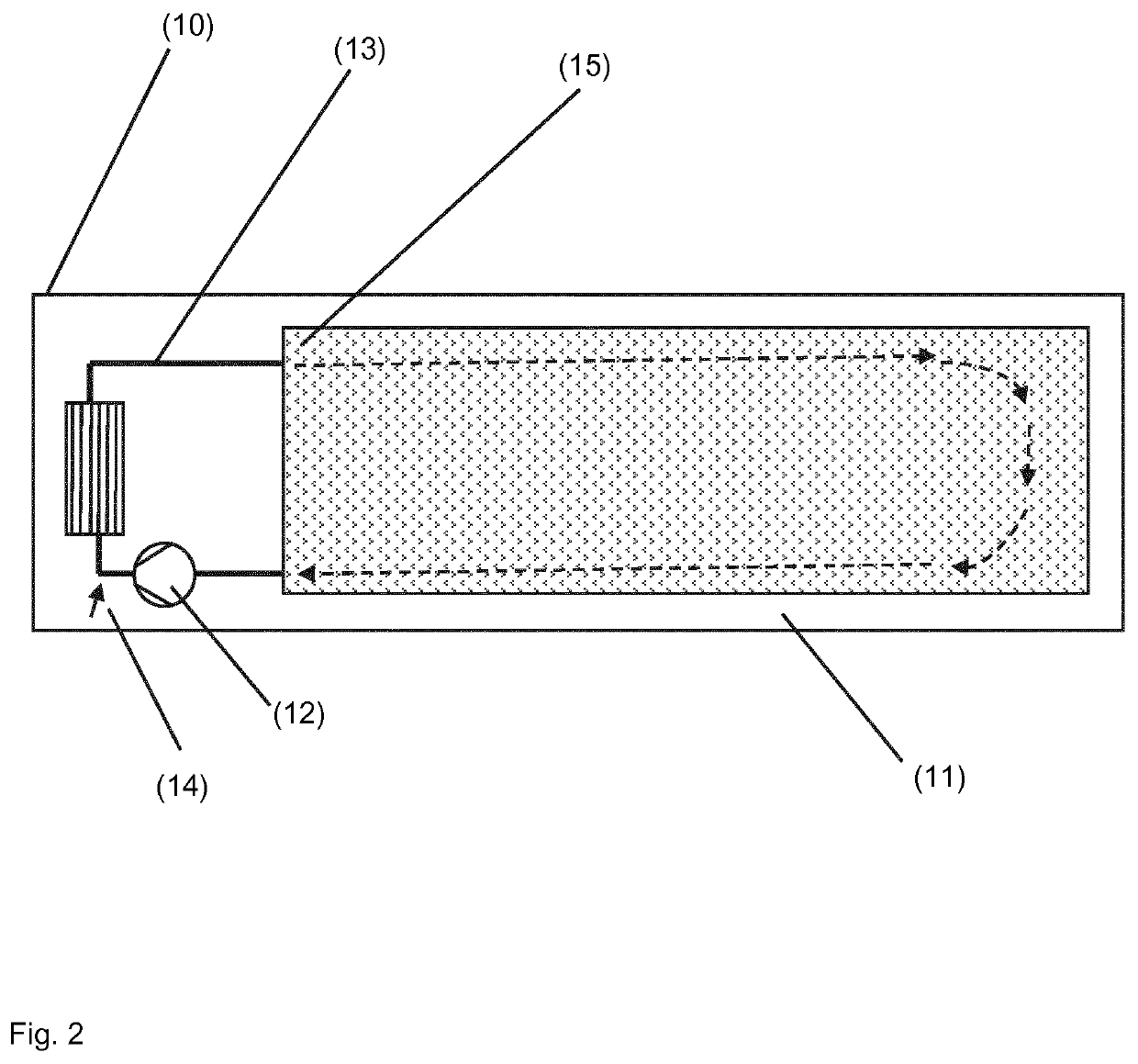Process for producing ammonium (meth-) acrylate
- Summary
- Abstract
- Description
- Claims
- Application Information
AI Technical Summary
Benefits of technology
Problems solved by technology
Method used
Image
Examples
example 2 (
Inventive)
[0171]Copolymer of Crude (Unpurified) Ammonium Acrylate and Acrylamide (cNH4AA / AM):
[0172]Copolymer comprising 70.54 wt. % (75.0 mol %) of acrylamide and 29.46 wt. % (25 mol %) of crude (unpurified / non-centrifugated) ammonium acrylate (ammonium acrylate is used directly after synthesis without a cleaning step), stabilized with 0.25 wt. % Na-MBT (relating to polymer)
[0173]A 1 L screw glass bottle with magnetic stirrer, pH meter and thermometer was initially charged with 62.87 g of a 43% aqueous solution of crude ammonium acrylate, and then the following were added successively: 200 g of distilled water, 124.49 g of acrylamide (52% by weight in water, bio acrylamide) 1.2 g of a 5% aqueous solution of diethylenetriaminepentaacetic acid pentasodium salt, and 0.46 g of a 50% aqueous solution of the stabilizer sodium 2-mercaptobenzothiazole (Na-MBT).
[0174]After adjustment to pH 6.4 with a 10% by weight solution of sulfuric acid and addition of the rest of the water to attain the ...
PUM
| Property | Measurement | Unit |
|---|---|---|
| Fraction | aaaaa | aaaaa |
| Fraction | aaaaa | aaaaa |
| Fraction | aaaaa | aaaaa |
Abstract
Description
Claims
Application Information
 Login to View More
Login to View More - R&D
- Intellectual Property
- Life Sciences
- Materials
- Tech Scout
- Unparalleled Data Quality
- Higher Quality Content
- 60% Fewer Hallucinations
Browse by: Latest US Patents, China's latest patents, Technical Efficacy Thesaurus, Application Domain, Technology Topic, Popular Technical Reports.
© 2025 PatSnap. All rights reserved.Legal|Privacy policy|Modern Slavery Act Transparency Statement|Sitemap|About US| Contact US: help@patsnap.com


